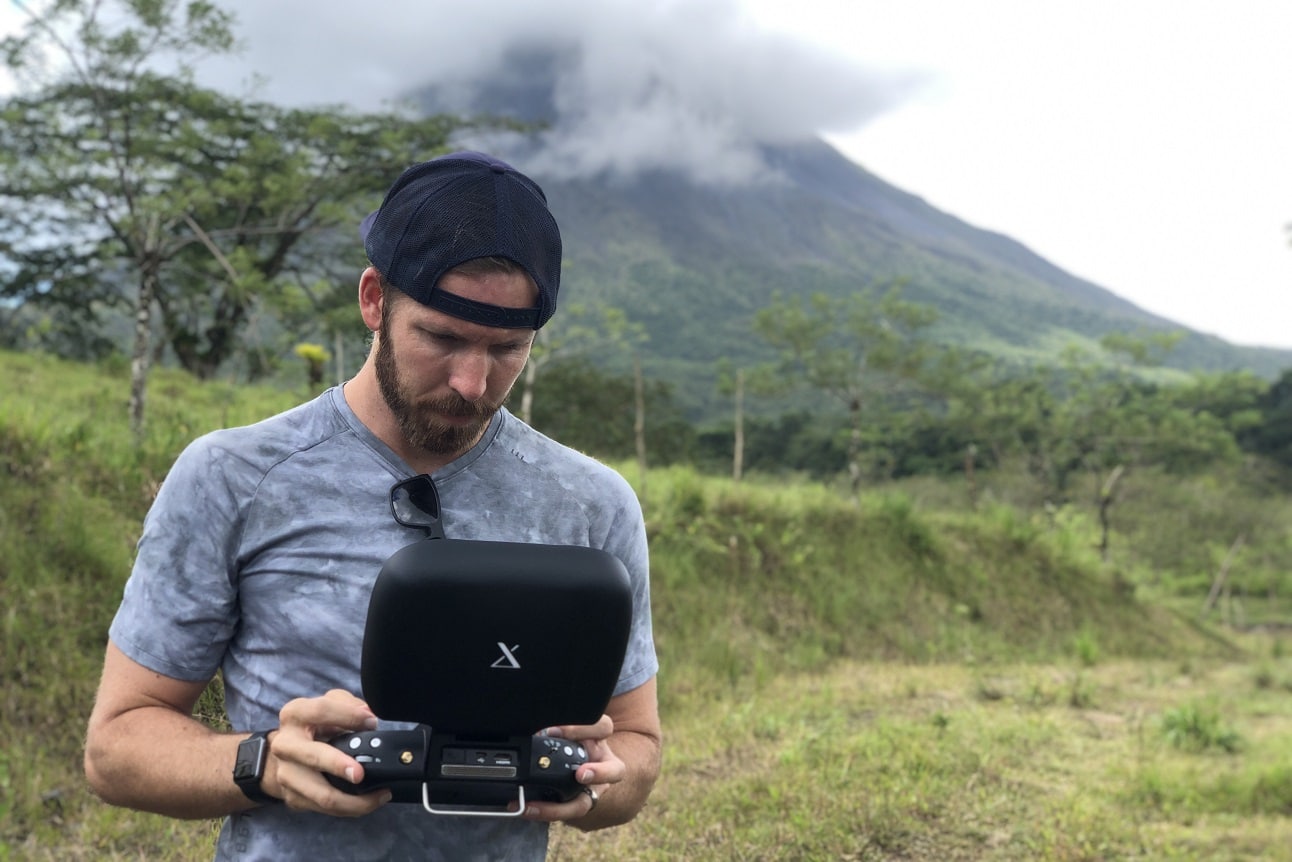Drone technology has revolutionized the film and television production industry, offering filmmakers and producers new and exciting possibilities for capturing breathtaking aerial shots. In this article, we will explore how drones are transforming the industry, the benefits they bring to the production process, and the creative opportunities they offer.
- Cinematic Aerial Shots: Drones have opened up a whole new world of cinematic possibilities by allowing filmmakers to capture stunning aerial shots that were once only possible with expensive helicopter rentals or crane setups. With drones, filmmakers can easily maneuver and position the camera in ways that were previously unimaginable, creating dynamic and visually captivating shots that add depth and scale to storytelling.
- Cost-Effective Alternative: Drone technology provides a cost-effective alternative to traditional aerial cinematography methods. Renting helicopters or using cranes can be expensive and logistically challenging. Drones offer a more affordable option without compromising on the quality of aerial footage. This cost-effectiveness allows filmmakers with limited budgets to incorporate aerial shots into their productions, enhancing the visual storytelling without breaking the bank.
- Flexibility and Maneuverability: Drones offer unparalleled flexibility and maneuverability in capturing aerial shots. They can easily navigate tight spaces, fly at low altitudes, and follow subjects with precision. This level of control gives filmmakers the ability to capture dynamic action sequences, chase scenes, or even intimate character moments from unique angles, immersing viewers in the story and enhancing the overall visual experience.
- Efficiency and Time-Saving: Drones significantly reduce the time and effort required to capture aerial shots. Traditional methods often involve complex setups, coordination with pilots, and waiting for favorable weather conditions. Drones, on the other hand, can be deployed quickly, allowing filmmakers to seize opportunities on the spot. This efficiency not only saves time during production but also allows for more flexibility in scheduling and adapting to changing circumstances.
- Creative Freedom and Versatility: Drones provide filmmakers with a range of creative options and shooting styles. They can capture sweeping panoramic shots, intimate close-ups, or high-speed tracking shots, all with ease. This versatility allows filmmakers to experiment with different visual approaches, elevating the storytelling and immersing viewers in the world of the film or television show.
- Safety and Risk Mitigation: Drones offer a safer alternative to certain types of aerial shots. They eliminate the need for crew members to be in potentially dangerous situations, such as hanging from harnesses or working at great heights. With drones, filmmakers can prioritize safety without compromising the quality or impact of the shots they want to capture.
- Accessibility and Affordability for Independent Filmmakers: In the past, aerial shots were often limited to big-budget productions. However, with the advent of drones, even independent filmmakers can now incorporate stunning aerial footage into their projects. This accessibility and affordability democratize the filmmaking process, allowing filmmakers of all backgrounds and budgets to elevate their storytelling with aerial shots.
In conclusion, drone technology has revolutionized the film and television production industry, offering filmmakers and producers a cost-effective and versatile tool for capturing breathtaking aerial shots. The flexibility, efficiency, and creative opportunities that drones provide have expanded the possibilities for visual storytelling, enhancing the overall cinematic experience. As technology continues to advance, we can only anticipate further innovations in the field of drone cinematography, pushing the boundaries of what is visually achievable in film and television production.





